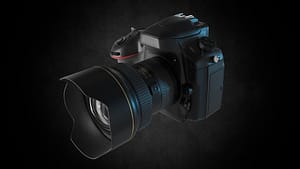Photography is art that requires skilled people. Having the right cameras is not enough. A photographer is supposed to have certain skills that are required when operating the equipment used. For instance, he or she has to set the lens at the desired angles to produce better results. The following are the proven tips for taking good photos.
Selecting the correct lens and using them appropriately
There are different types of lenses. These include fisheye lenses, telephoto lenses, and macro lenses. They produce impact differently on the image. For instance, the wide lenses are known for distorting features when they are positioned close to the object. Wide angle lenses are preferred for taking landscape photos. The cameraman should be capable of playing about with the focal lengths of the lens chosen. This is done by moving far away or close to the object.
Understanding the depth of the field
The depth of the field is controlled or affected by three things. They include the following:
- The physical distance between the photographer and his or her subject
- The aperture being used
- The focal length
The depth of the field will be less if the aperture is opened widely. This is something that can lead to the production of a blurred image. A great depth of field is produced by closing the aperture. This will enable the cameraman to see all the details of his or her subject.
Understanding the view’s point
This is different from the field of view. The view’s point is selected by playing about with different angles when taking a photograph. The different angles or positions will give the image a different mood or feel. This can also affect the photographer’s opinion about his or her subject. Taking a photograph from a high angle and then positioning the lens down towards the object will produce an object that is less powerful or small.
Understanding the composition
Composing your shots is one of the effective ways of improving your photos. The power quadrants and rule of thirds are the two techniques used in composing the shots. In the first technique, the frame is split into four boxes known as quadrants. The subject is then placed in one of the four quadrants. In the second technique involves splitting the frame into nine rectangles. This is done by creating sets of vertical and horizontal lines. These lines should be spaced evenly across the frame. Ideally, the two methods are meant to make the photo produced as interesting as possible.

